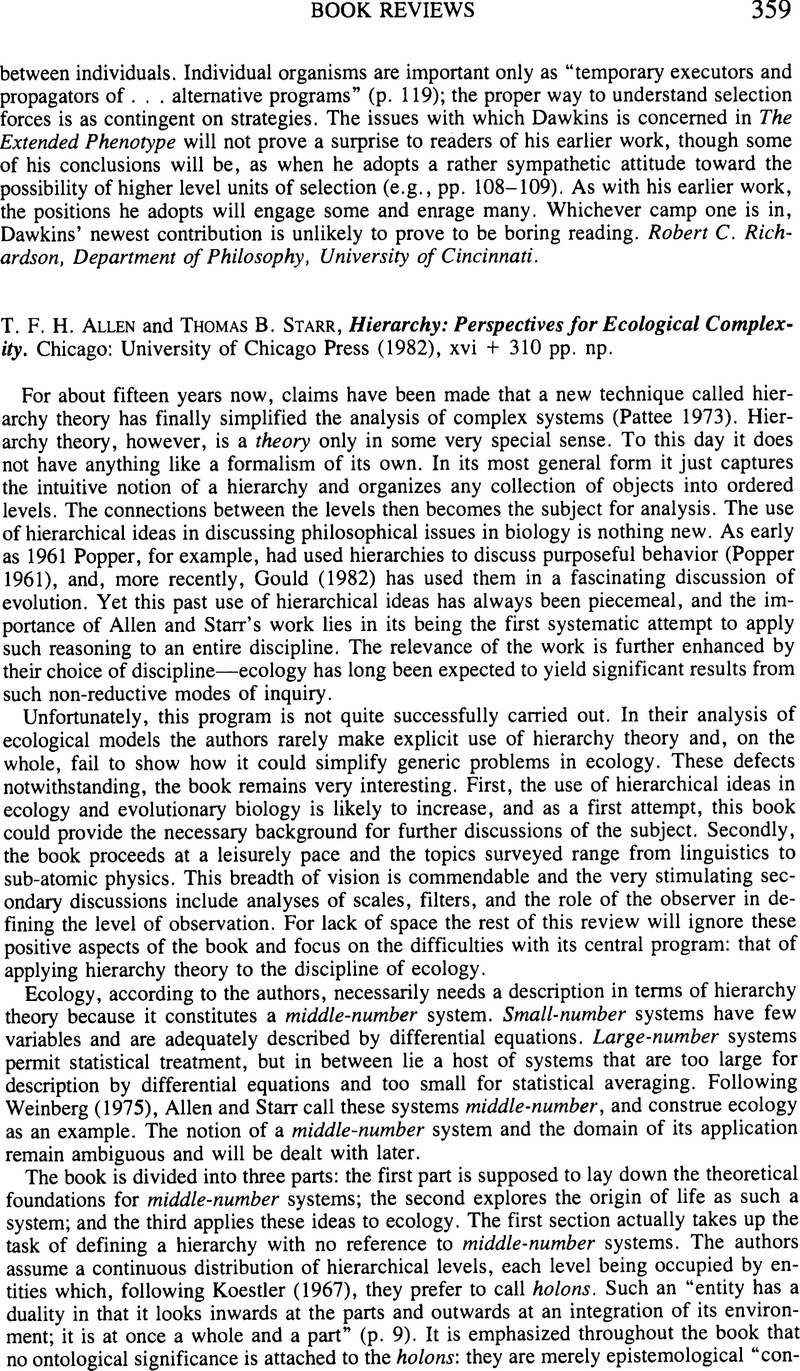Crossref Citations
This article has been cited by the following publications. This list is generated based on data provided by Crossref.
Fekete, Alexander
Damm, Marion
and
Birkmann, Jörn
2010.
Scales as a challenge for vulnerability assessment.
Natural Hazards,
Vol. 55,
Issue. 3,
p.
729.





